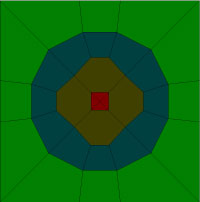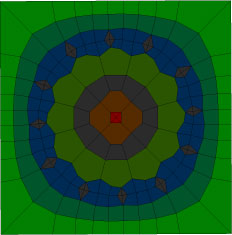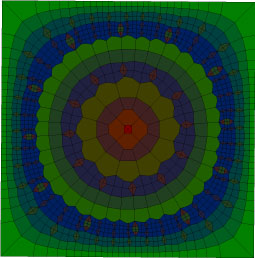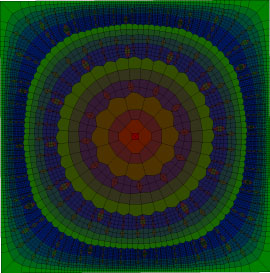A gallery of finite subdivision rules
These images were produced using the finite subdivision rules
software of Cannon-Floyd-Parry and the CirclePack software of
Ken Stephenson. One starts with a finite subdivision rule R
and an R-complex X that is topologically a disk
(usually consisting of a single tile).
Using the Cannon-Floyd-Parry program
subdivide.c, one can rescursively subdivide X to get
subdivisions R^n(X). One can then use the Cannon-Floyd-Parry
program
tilepack.c to write input script-files for Stephenson's program
CirclePack. The output of CirclePack includes postscript files of the
subdivisions. These postscript images have been used in several of our
papers; many of them can be found in our
coloring
booklets.
The images here are computer colorings of these postscript images.
Given a tile in the subdivision, its color is determined by its
tile type and the tile types of its predecessor tiles in previous
subdivisions. If there are three tile types, they are given the
colors R, G, and B; the tile type of each of its predecessor tiles
contributes to the color. For example, a tile is colored red if it has tile
type 1 and all of its predecessors have tile type 1.
You can click on any image to download the (gzipped) postscript file that it
was produced from. These are copyrighted images, and may not be used for
commercial purposes without prior approval.
The diamond chains subdivision rule

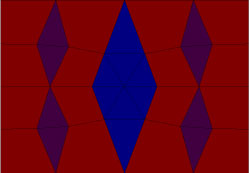
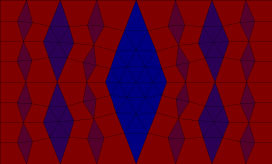
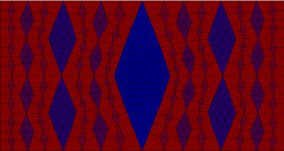

The dodecahedral subdivision rule
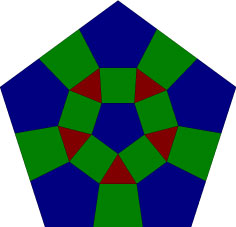
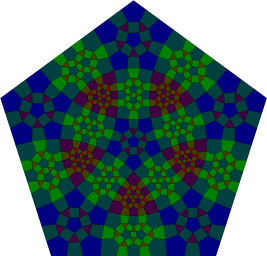
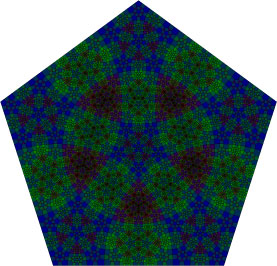
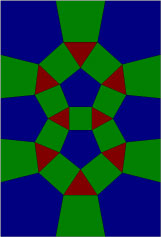
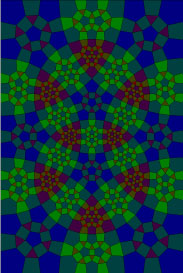
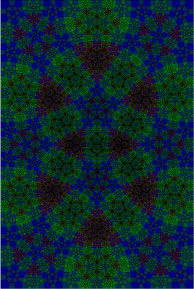
A variant of the dodecahedral subdivision rule


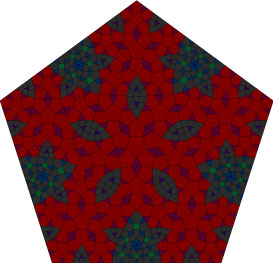
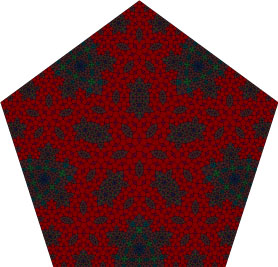
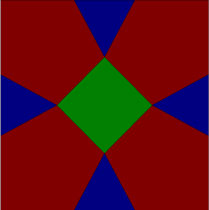
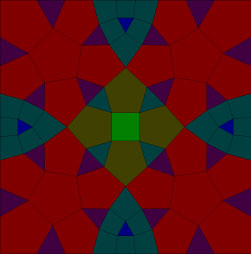
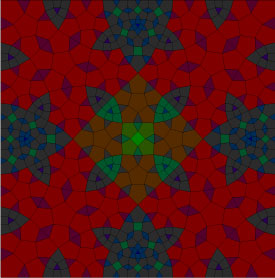
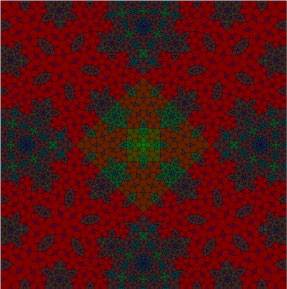
The pentagonal subdivision rule
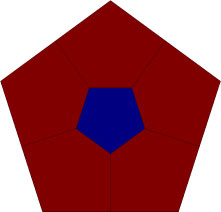
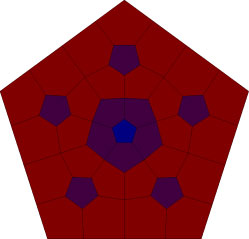
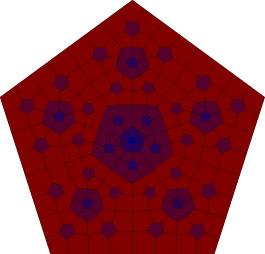
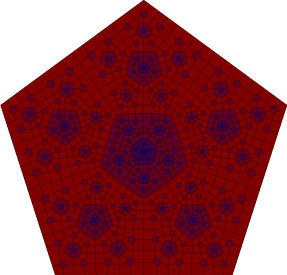
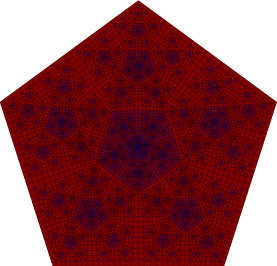
A rotationally symmetric subdivision rule with quadrilaterals
and pentagons
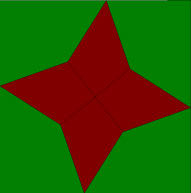
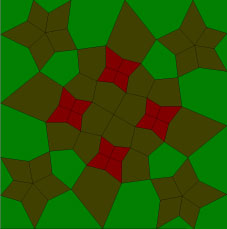
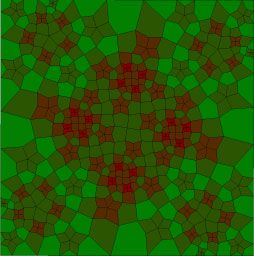
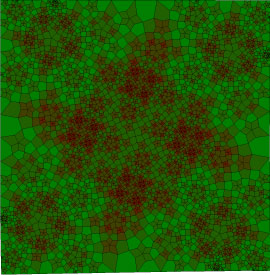
A finite subdivision rule with hyperbolic and parabolic
expansion complexes

